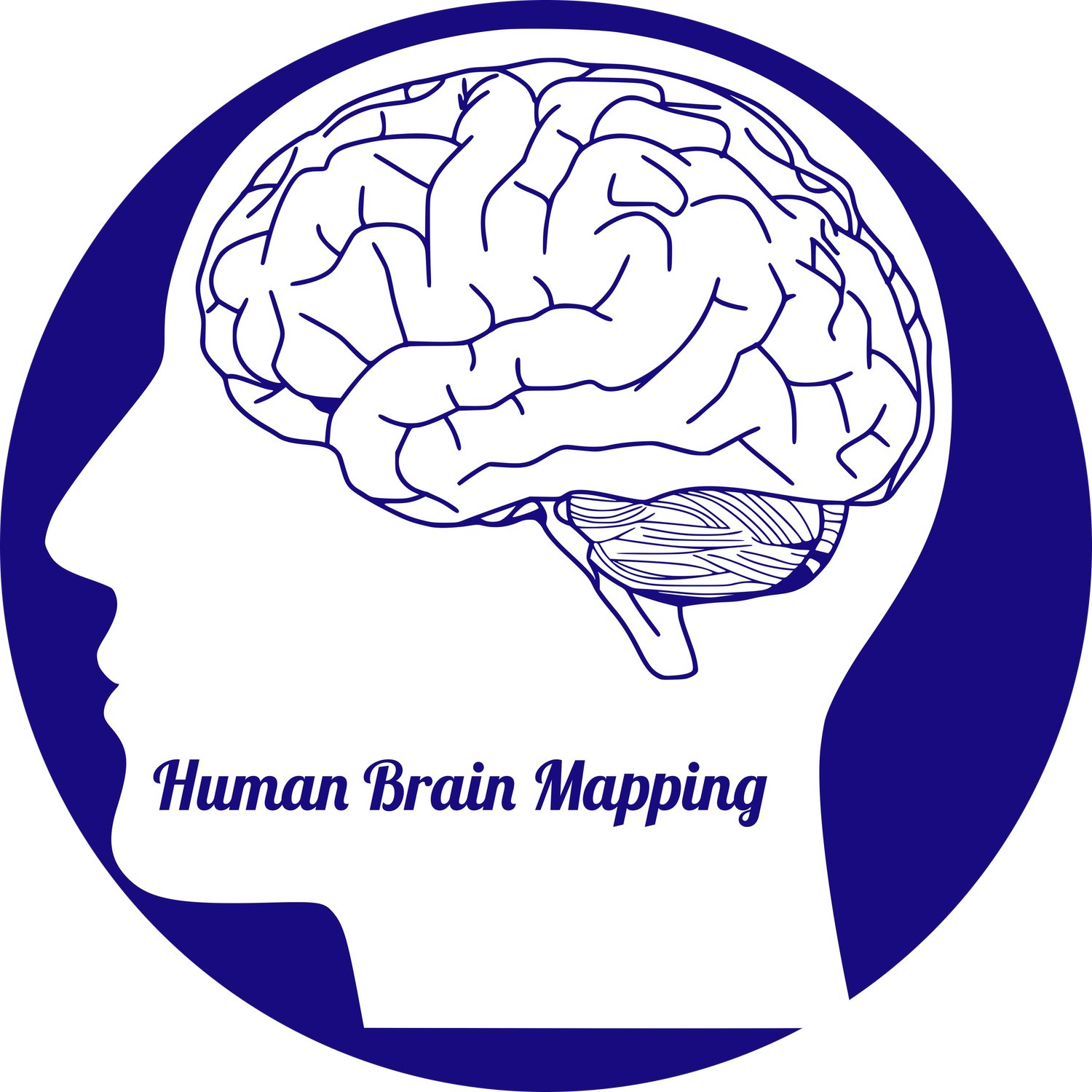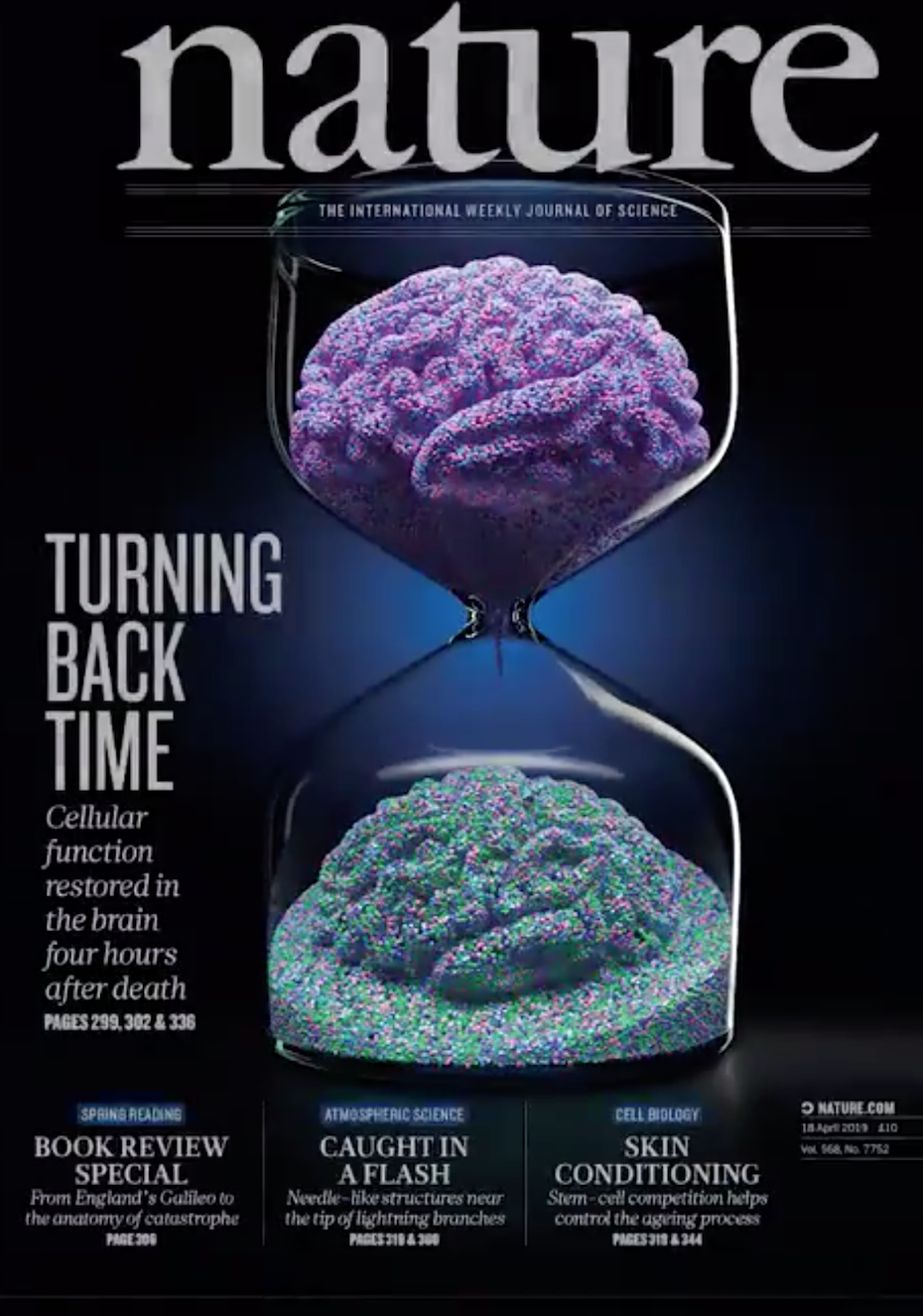Passive Localization of the Central Sulcus during Sleep Based on Intracranial EEG
Abstract
We test the performance of a novel operator-independent EEG-based method for passive identification of the central sulcus (CS) and sensorimotor (SM) cortex. We studied seven patients with intractable epilepsy undergoing intracranial EEG (icEEG) monitoring, in whom CS localization was accomplished by standard methods. Our innovative approach takes advantage of intrinsic properties of the primary motor cortex (MC), which exhibits enhanced icEEG band-power and coherence across the CS. For each contact, we computed a composite power, coherence, and entropy values for activity in the high gamma band (80–115) Hz of 6–10 min of NREM sleep. Statistically transformed EEG data values that did not reach a threshold (th) were set to 0. We computed a metric M based on the transformed values and the mean Euclidian distance of each contact from contacts with Z-scores higher than 0. The last step was implemented to accentuate local network activity. The SM cortex exhibited higher EEG-band-power than non-SM cortex (P < 0.0002). There was no significant difference between the motor/premotor and sensory cortices (P < 0.47). CS was localized in all patients with 0.4 < th < 0.6. The primary hand and leg motor areas showed the highest metric values followed by the tongue motor area. Higher threshold values were specific (94%) for the anterior bank of the CS but not sensitive (42%). Intermediate threshold values achieved an acceptable trade-off (0.4: 89% specific and 70% sensitive).
Read More








